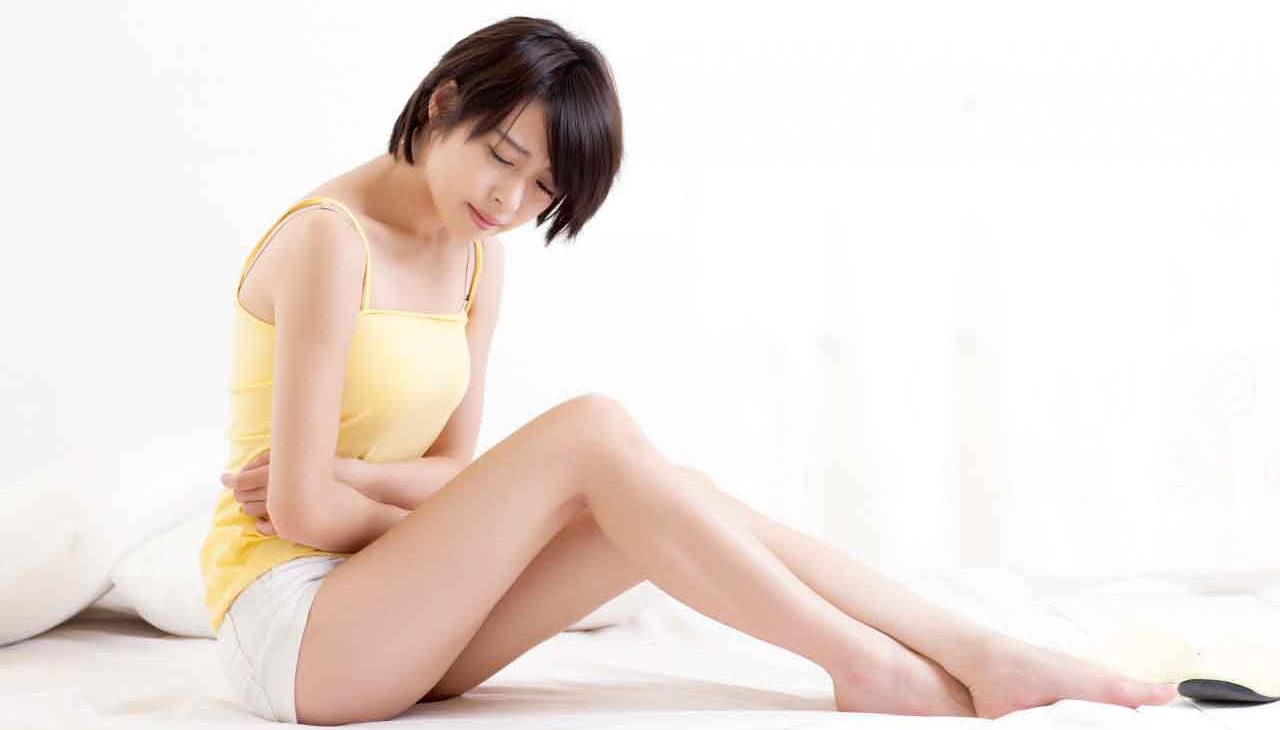How to Stop Period Cramps

You're not alone if you want to know how to stop period cramps. Adding physical activity — not necessarily running — to your schedule can help.
Are you (or your daughter) getting painful periods and falling into “why me?” mode? You’re not alone, and there’s plenty you can do.
More than half of all women have some pain during menstruation, but cramps usually get less painful as you get older and may stop entirely after you have your first baby. The pain is severe in about 10 percent of all women of reproductive age.
Ordinary menstrual cramps begin just before or at the beginning of bleeding and last up to three days.
YOU MIGHT ALSO LIKE: Help Your Daughter’s Menstrual Cramps
What causes period cramps?
The uterus is a hollow, pear-shaped organ in which a baby grows. Every month, it grows a lining of tissue in case you become pregnant, shedding that lining if you don’t. The thick blood you see during your period is the tissue, also called the endometrium.
Your uterus is made of muscle that tightens and relaxes like any muscle. If it contracts too much, it presses against nearby blood vessels, cutting off oxygen supply, causing pain. You may feel pain and pressure in your abdomen and pain in your hips, lower back, and inner thighs.
The lining contains chemicals, called prostaglandins, that also release into your body. The more prostaglandins you have in your system, the stronger your contractions. High levels of prostaglandins can cause diarrhea, dizziness, irritability, and nausea — sometimes to the point of vomiting.
Stress can make your uterus contract more during menstruation. Women who have painful periods may simply be more sensitive to pain. During tests, they feel more pain in other parts of their bodies even when they’re not menstruating. Getting aerobic exercise regularly can raise your pain threshold — the point when a sensation feels like pain.
How to stop period cramps
The science suggests that a schedule with physical activity — not necessarily running — can help stop period cramps. One study concluded that running on a treadmill for 20 minutes three times a week reduced menstrual cramps in young women, but spending the same amount of time on 10 stretching exercises for the abdomen, pelvis, and groin worked just as well. Another study found benefits from 40-minute sessions that times a week that included 10 minutes of stretching, 20 minutes of walking or cycling, and 10 minutes of relaxation exercises. Muscle-building exercises can help cramps, too.
Try yoga, dancing, or biking if you don’t like standard workouts. Find activities that you enjoy, mix it up, and switch programs if you get bored. You’ll be healthier all around than if you spent that time hunched over a laptop.
In the days before and during your period, stay away from caffeine, salt, alcohol, and cigarettes.
Pain relievers work best when you take them before the pain gets intense — not when you’re miserable. You can use any of the pills available without a prescription, including acetaminophen, ibuprofen, or naproxen, but stay away from aspirin, which thins your blood and will affect your flow.
Start at the first sign of blood or the first cramp. Try a warm bath or a heating pad or hot water bottle on your lower back or abdomen. Many women find that giving themselves orgasms is a godsend: You don’t feel pain as you get more aroused, and you’ll feel the afterglow as relief, too.
Talk to your doctor if home remedies don’t help enough, you’re miserable in bed for days every month, or your cramps last for more than three days. A doctor can prescribe more powerful painkillers or a birth control pill, which contains hormones that often reduce menstrual cramps.
You also need to rule out other causes for the pain. With endometriosis, the lining of your uterus has moved outside the organ and is causing pain. Pelvic inflammatory disease is an infection that starts in your uterus and can spread. Tumors called fibroids can grow on the inner wall of your uterus. Scars can narrow the cervix at the end of your uterus.
But chances are you have ordinary menstrual cramps. It’s a good time to rest, look online for a spinning or yoga class, and maybe read a novel in the bathtub.
Updated:
November 22, 2023
Reviewed By:
Janet O’Dell, RN